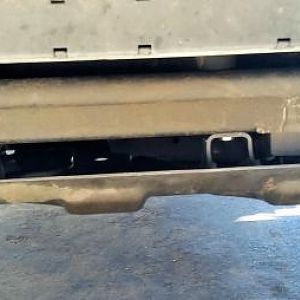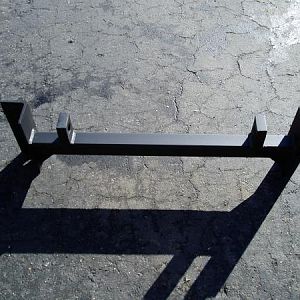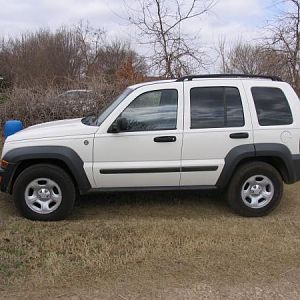tjkj2002
Full Access Member
- Joined
- Dec 17, 2006
- Messages
- 10,612
- Reaction score
- 42
Where ever you got that they don't have a clue how a automotive A/C system works.The R134A is a high pressure liquid going to the evaporator and a valve right before the evap creates a vast pressure change making the R134A turn to gas form which in turn turns very cold.If your R134A ever boils the system would explode.EVAPORATOR
Located inside the vehicle, the evaporator serves as the heat absorption component. The evaporator provides several functions. Its primary duty is to remove heat from the inside of your vehicle. A secondary benefit is dehumidification. As warmer air travels through the aluminum fins of the cooler evaporator coil, the moisture contained in the air condenses on its surface. Dust and pollen passing through stick to its wet surfaces and drain off to the outside. On humid days you may have seen this as water dripping from the bottom of your vehicle. Rest assured this is perfectly normal.
The ideal temperature of the evaporator is 32° Fahrenheit or 0° Celsius. *******Refrigerant enters the bottom of the evaporator as a low pressure liquid*******. The warm air passing through the evaporator fins causes the refrigerant to boil (refrigerants have very low boiling points). As the refrigerant begins to boil, it can absorb large amounts of heat. This heat is then carried off with the refrigerant to the outside of the vehicle. Several other components work in conjunction with the evaporator. As mentioned above, the ideal temperature for an evaporator coil is 32° F. Temperature and pressure regulating devices must be used to control its temperature. While there are many variations of devices used, their main functions are the same; keeping pressure in the evaporator low and keeping the evaporator from freezing; A frozen evaporator coil will not absorb as much heat.
Automotive A/C function for dumbies........
Step One: The compressor is the power unit of the A/C system. It is powered by a drive belt connected to the engine's crankshaft. When the A/C system is turned on, the compressor pumps out refrigerant vapor under high pressure and high heat to the condenser.
Step Two: The condenser is a device used to change the high-pressure refrigerant vapor to a liquid. It is mounted ahead of the engine's radiator, and it looks very similar to a radiator with its parallel tubing and tiny cooling fins. If you look through the grille of a car and see what you think is a radiator, it is most likely the condenser. As the car moves, air flowing through the condenser removes heat from the refrigerant, changing it to a liquid state.
Step Three: Refrigerant moves to the receiver-drier. This is the storage tank for the liquid refrigerant. It also removes moisture from the refrigerant. Moisture in the system can freeze and then act similarly to cholesterol in the human blood stream, causing blockage.
Step Four: As the compressor continues to pressurize the system, liquid refrigerant under high pressure is circulated from the receiver-drier to the thermostatic expansion valve. The valve removes pressure from the liquid refrigerant so that it can expand and become refrigerant vapor in the evaporator.
Step Five: The evaporator is very similar to the condenser. It consists of tubes and fins and is usually mounted inside the passenger compartment. As the cold low-pressure refrigerant is released into the evaporator, it vaporizes and absorbs heat from the air in the passenger compartment. As the heat is absorbed, cool air will be available for the occupants of the vehicle. A blower fan inside the passenger compartment helps to distribute the cooler air.
Step Six: The heat-laden, low-pressure refrigerant vapor is then drawn into the compressor to start another refrigeration cycle.
There are more components on todays A/C systems,high pressure and low pressure switches.Also on the evaporator is a temp switch that controls the cycling clutch on the compressor,with these 2 items it tries to keep the evaporator at about 34 degrees to prevent it from freezing.
Last edited:










